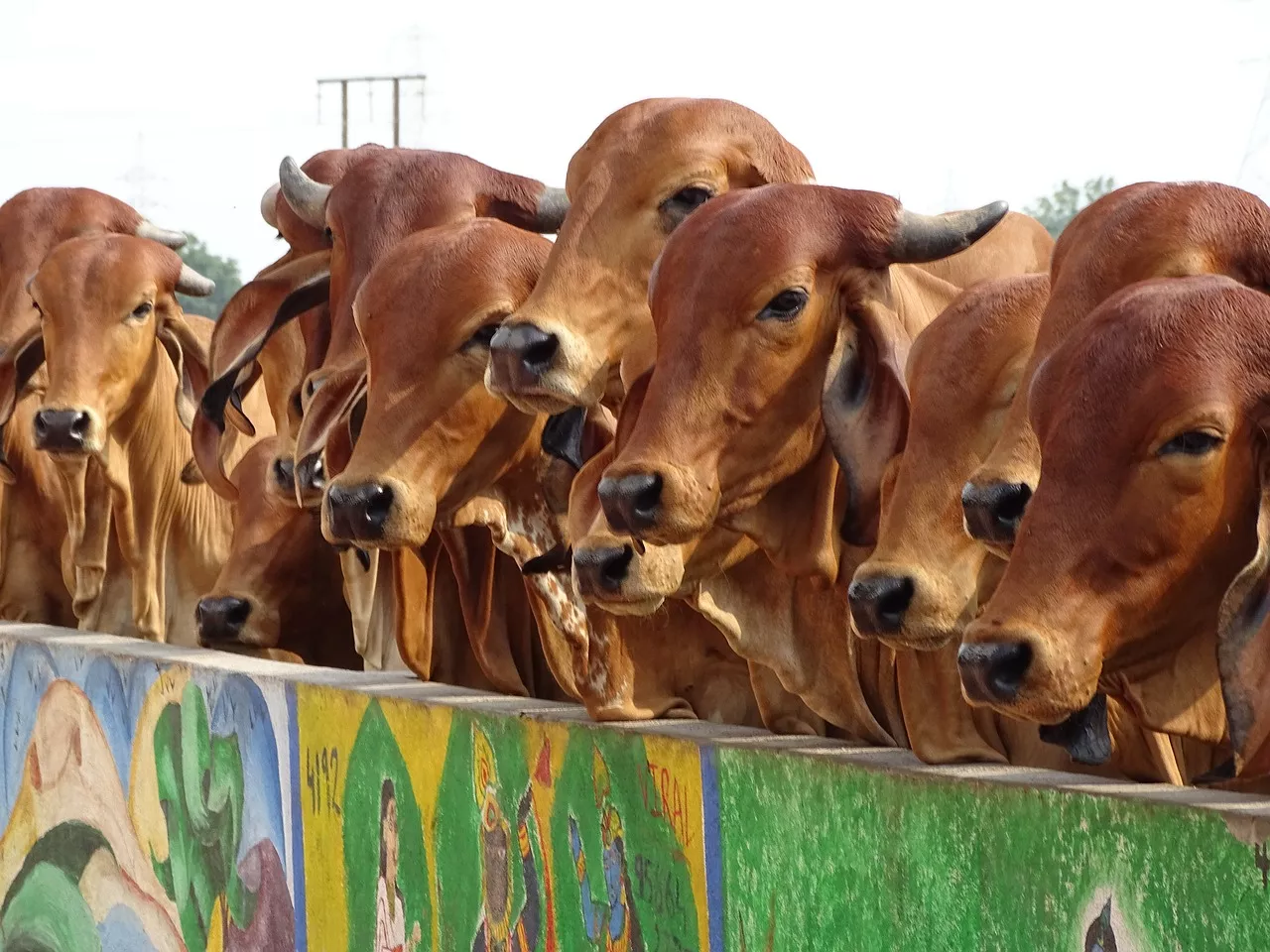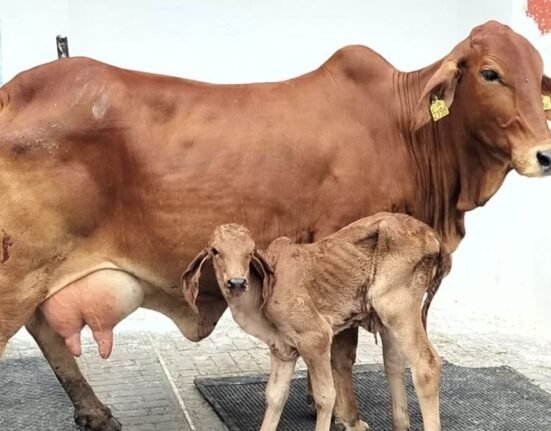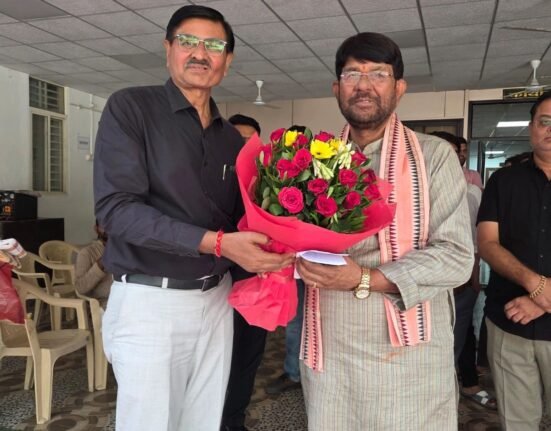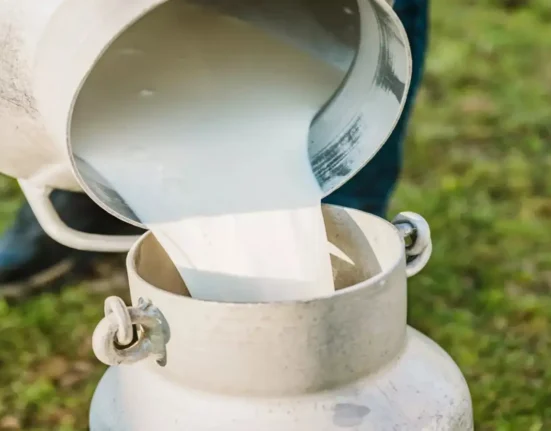As the global economy shifts toward climate accountability, a new buzzword is steadily gaining traction in dairy circles: carbon credits. Once confined to reforestation and industrial projects, carbon markets are now becoming relevant to animal agricultureāand that includes India’s dairy sector, the world’s largest.
But what exactly do carbon credits have to do with cows? And why should dairy farmers, milk unions, and cooperatives pay attention?
Let’s break it down.
š«ļø Methane, Cows, and Climate: What’s the Link?
Cows naturally produce methane, a potent greenhouse gas (GHG), during digestion. Microbes in the cow’s rumen ferment feed and release methane as enteric emissionsāmaking livestock one of the major contributors to global methane levels.
While methane has a shorter lifespan than carbon dioxide, it’s over 25 times more effective at trapping heat in the atmosphere. That’s why reducing livestock methane is a key goal of global climate targetsāincluding those backed by India’s commitments under the Paris Agreement.
šø What Is a Carbon Credit?
A carbon credit represents the verified reduction or removal of 1 metric ton of carbon dioxide equivalent (COāe). It’s a way to assign value to climate-positive actions.
Traditionally, credits originated from forestry or renewable energy sources. But now, the dairy and livestock sector can also generate credits by adopting practices that:
-
Reduce methane emissions
-
Improve manure management
-
Enhance soil carbon sequestration (e.g., through rotational grazing or improved pasture management)
These credits can be sold to businesses that want to offset their emissionsācreating a new revenue stream for dairy farmers.
š§® Emission Scopes: Why Your Dairy Farm Matters
Emissions are grouped into three “scopes”:
-
Scope 1: Direct emissions from your dairy (e.g., cow methane, diesel generators)
-
Scope 2: Indirect emissions from the electricity you use
-
Scope 3: Emissions that occur across the supply chain (e.g., feed production, transportation)
For large dairy companies and cooperatives, Scope 3 emissions typically account for over 70% of their total footprint. That’s where your farm comes in: if you reduce emissions, you help reduce the Scope 3 emissions of your buyersāmaking you a valuable climate partner.
š¼ Why Carbon Markets Matter for Indian Dairy Farmers
India’s dairy industry is home to 75 million smallholder farmers. If even a fraction of these producers adopt methane-reducing feed additives, precision nutrition, or pasture improvement practices, they could:
ā
Generate carbon credits
ā
Access premium markets with sustainability requirements
ā
Improve animal health and productivity
ā
Create a new revenue source
With global carbon markets expected to grow from $534 million in 2024 to $2.34 billion by 2034, early adopters stand to benefit the most.
šŖ How to Get Started
Participating in carbon markets usually involves:
-
Baseline Assessment ā Measure Your Current Emissions.
-
Practice Adoption ā Implement approved methods (like methane-reducing feed or manure treatment).
-
Verification ā Work with third-party certifiers to validate your results.
-
Credit Sales ā Sell verified credits through market platforms or brokers.
Organisations such as NDDB, NITI Aayog, and climate-focused agri-tech startups in India are already exploring frameworks to support dairy carbon initiatives.
šļø What About Policy and Politics?
Yes, government policies do influence carbon markets. However, this is a global trendĀ unlikely to endĀ that won’t reverse. Over 6,000 companies worldwide have made net-zero commitmentsāincluding many food and beverage giants sourcing from India.
India’s access to premium export markets, such as the EU and California, will increasingly depend on climate complianceāso carbon accountability is no longer optional.
š¢ Final Thoughts: Is This a Risk or a Revenue Opportunity?
Let’s be clear: carbon markets are here to stay.
For dairy producers, the bigger risk lies in ignoring this shift. With the rising demand for offsets and climate-aligned products, farmers who adapt early will not only support the planet but also enhance their profitability and resilience.
You don’t need to change everything overnight. But by staying curious, open, and proactive, Indian dairy can become a global model for climate-smart agricultureāand your farm can be part of that success story.

